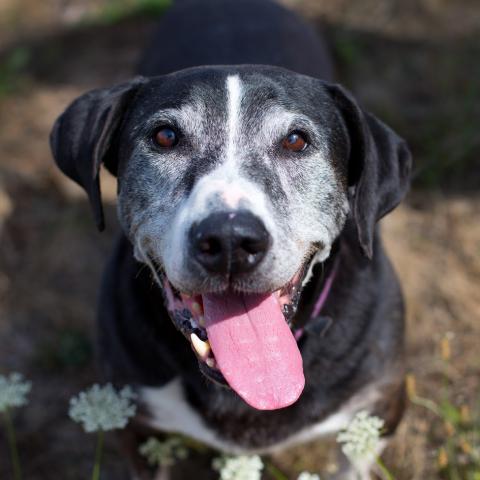2019 Asilomar Report Summary
As Multnomah County Animal Services (MCAS) releases its 2019 Asilomar report detailing the source and outcomes for dogs and cats at our shelter during the year, we also wish to provide some context for report figures.
Live Release Outcomes
In 2019, MCAS had an overall live release rate of 90.9 percent for dogs and cats — with 92.5 percent of dogs and 89.6 percent of cats having a live outcome. This refers to animals who are returned to their owners, adopted to new homes, transferred to other community shelters or rescues, and a small number of animals who are returned to the field, such as community cats.
We’re extremely pleased to report that MCAS transferred 91 more animals in 2019 than the previous year — with 1,253 animals transferred thanks to the support and cooperation of our regional shelter and rescue partners.
We also adopted out 2,015 animals, and returned 1,583 animals to their owners.
Since 2006, Multnomah County Animal Services has increased its live release rate for dogs by 21.6 percent. The live release rate for cats increased by 51.8 percent in that same time period. For reference, the national average live release rate for municipal shelters according to Shelter Animals Count, is 79.3-percent overall — with 84.1-percent for dogs and 72.8-percent for cats.
We thank our supporters in the community, our dedicated volunteers, and hard-working staff for providing the best quality of care we can for our animals. Our continued high live-release-rate is a testament to the hard work and combined efforts to ensure we're doing our best for every animal that comes through our doors.
While our overall live release rate is higher than the national average, our 2019 rate decreased by 2.4-percent compared to 2018. We want to provide more context on why this occurred.
Humane Euthanasia Considerations
Dogs
In 2019, MCAS humanely euthanized 78 more dogs than in 2018 — and 60 more than average over the previous 5 years. There were also 38 more owner surrenders that resulted in humane euthanasia in 2019 than the year before. These were likely animals that were unsafe in the home or were unable to be adequately managed behaviourally or medically by their owners in the community.
As the only open-door facility accepting of all animals in Multnomah County, we take these animals in and weigh difficult decisions that consider a number of critical factors such as the health of the pet, the public and animal safety, quality of life, and available resources. These are decisions that an owner is often unable to make. This also demonstrates the need for humane euthanasia resources in the community that may not currently exist because many local veterinarians do not offer the service for behavior reasons when an animal is otherwise in good physical health.
Owner surrenders alone, however, does not paint the full picture for the decreased live release rate. Our leadership team, alongside our veterinary team, our dog team in Animal Care, and our Canine Care Specialist, have begun to re-evaluate the types of dogs that are returned to the community, and are making socially-conscious decisions about which animals are safe to place in the community, based on the behaviors they are displaying. How we manage these more challenging animals can be difficult, but we must consider not only what is safe and acceptable in our community as a whole, but the quality of life and resources available for that animal. These decisions are part of ongoing conversations that will continue to evolve with community and stakeholder input over the coming years.
Cats
In 2019, 23 more cats were humanely euthanized than the previous year — but 40 fewer than average in the past 5 years. MCAS didn't have the same variance in cat euthanasia as we did in dog euthanasia. It is rare for cats to be euthanized for behavior reasons, as cats typically do not pose the same level of danger as dogs with behavior issues. Euthanasia decisions for cats tend to be based primarily on medical conditions. A large number of these cats are also outdoor community cats who were brought to the shelter out of concern for their well-being by residents who notice declines in their health and quality of life. As a result, many older community cats brought to us are at the end of their natural lives and are not rehabilitatable.
Increasing Life-Saving Capacity
We work continually to build our capacity to serve our community of pets and people, as reflected in these reports. Our agency is working to help pet owners keep their animals in the home and prevent pet loss. We seek the most effective means to save lives by reuniting more lost pets with their people, expanding sheltering capabilities with volunteers and foster homes, placing animals in adoptive homes, or transferring animals to our regional sheltering and rescue partners.
We thank our community stakeholders for the support to achieve and maintain a high live release rate for animals at our shelter.
